The new Giant Propel is an aero bike to challenge the UCI weight limit
Improvements all round as Giant says the new Propel is lighter, faster, stiffer, more compliant, and easier to work on than before
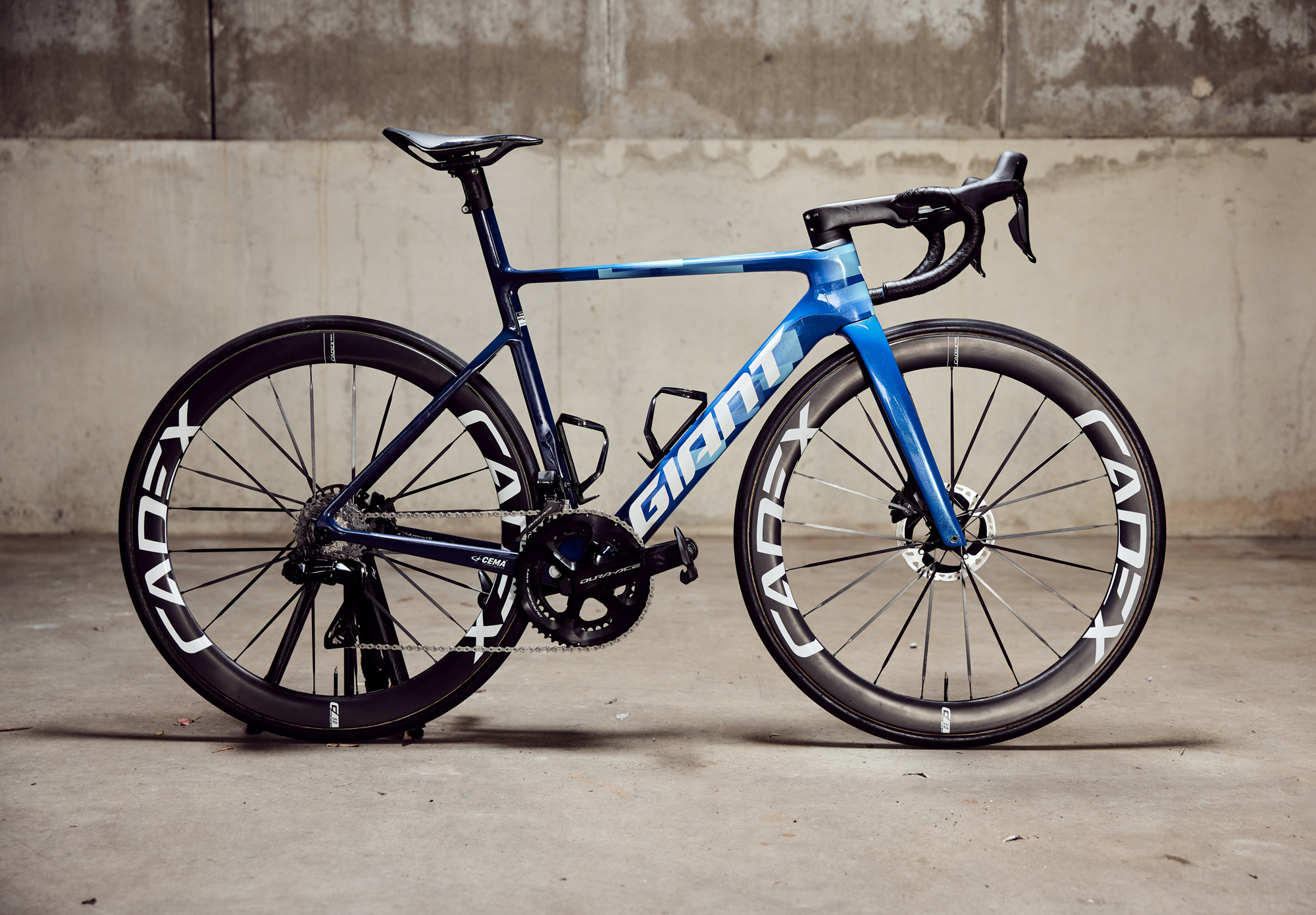
After teasing it to the world at the recent Tour de France, Giant has today announced the launch of its new Propel aero road bike. The launch sees a marked shift in focus for the bike, as Giant claims the top-tier Propel Advanced SL 0 tips the scales bang on the UCI-appeasing 6.8kg limit. The new Propel's shallower tube profiles compared to its predecessor are a clear indication of Giant's choice to make this an all-rounder, rather than a bike reserved for the flat days.
However, it's not all about the weight loss. Giant claims improvements across the board, including a 6.21-watt better aerodynamic performance, an overall stiffness increase of 9.2%, and a boost in compliance of a whopping 85% thanks to a new integrated seat post design. That's all accompanied by a redesigned cockpit that Giant says is now faster and easier to adjust or work on.
Of course, this isn't the first we've seen of the new Propel. We've had a few sneak peeks at it already. We first saw it in a (probably intentional) leak on Tony Martin's Instagram. In those photos, the thinner tube profiles confused us a little, but gave clues to the newfound direction in which Giant is taking the previously all-aero Propel. We were then able to get hands-on with it at the Team BikeExchange hotel ahead of the Grand Départ in Denmark. We were forbidden from weighing it, but we were allowed to pick it up, and could tell it'd been on a diet. It was there we also spotted aero bottle cages and a new way of integrating the cockpit.
Luckily for our fragile egos, today's official launch confirms much of what we have already been able to deduce, but now we have details.
Efficiency
A recurring theme in Giant's marketing is a discussion of efficiency, which in this context at least is based on the ratio of stiffness to weight. To increase efficiency, Giant could either reduce the weight or increase the stiffness. It did both.
Not unlike the approach taken when launching the TCR in 2020, reducing the weight of the Propel came via a sum-of-all-parts approach, for a total saving of 225 grams. The frame was a clear area of focus, as is evident through the use of shallower tubes, and the resulting loss on the frame alone is 137g, down from 982g to 845g. A further 18g was dropped from the fork, 17g from the derailleur hangers, and 66g through the introduction of a new Integrated Seat Post, while the difference is made up by minor savings to headset spacers etc. That's all complemented by the new Giant Contact SLR Aero bar and stem, which together see a weight saving of 102.5g.
Balanced against those weight savings, Giant claims to have boosted stiffness by 9.2%. Within that is an increase in torsional stiffness of 9.9%, while pedalling stiffness is up by 7.5%. Most of these gains come from modified sections of the head tube and down tube, as well as Giant's "massively oversized" Powercore bottom bracket and asymmetrical chainstays.
Get The Leadout Newsletter
The latest race content, interviews, features, reviews and expert buying guides, direct to your inbox!
With the weight saving and stiffness increase combined, Giant believes the new Propel boasts 26.4% more frameset efficiency than before. It should be noted that this isn't the same as a 25% reduction in wattage required to maintain a constant speed.
We all know that a stiffer frame can often create a harsher ride, so to offset that, Giant has focussed on improving smoothness at the rear. This resulted in a thinner seat tube, chainstays, and seatstays, as well as the introduction of an all-new ISP (Integrated Seat Post), which is said to provide 85% more compliance than before. What's more, the Propel can now run tyres up to 30mm in width to further smooth out imperfections in the road.
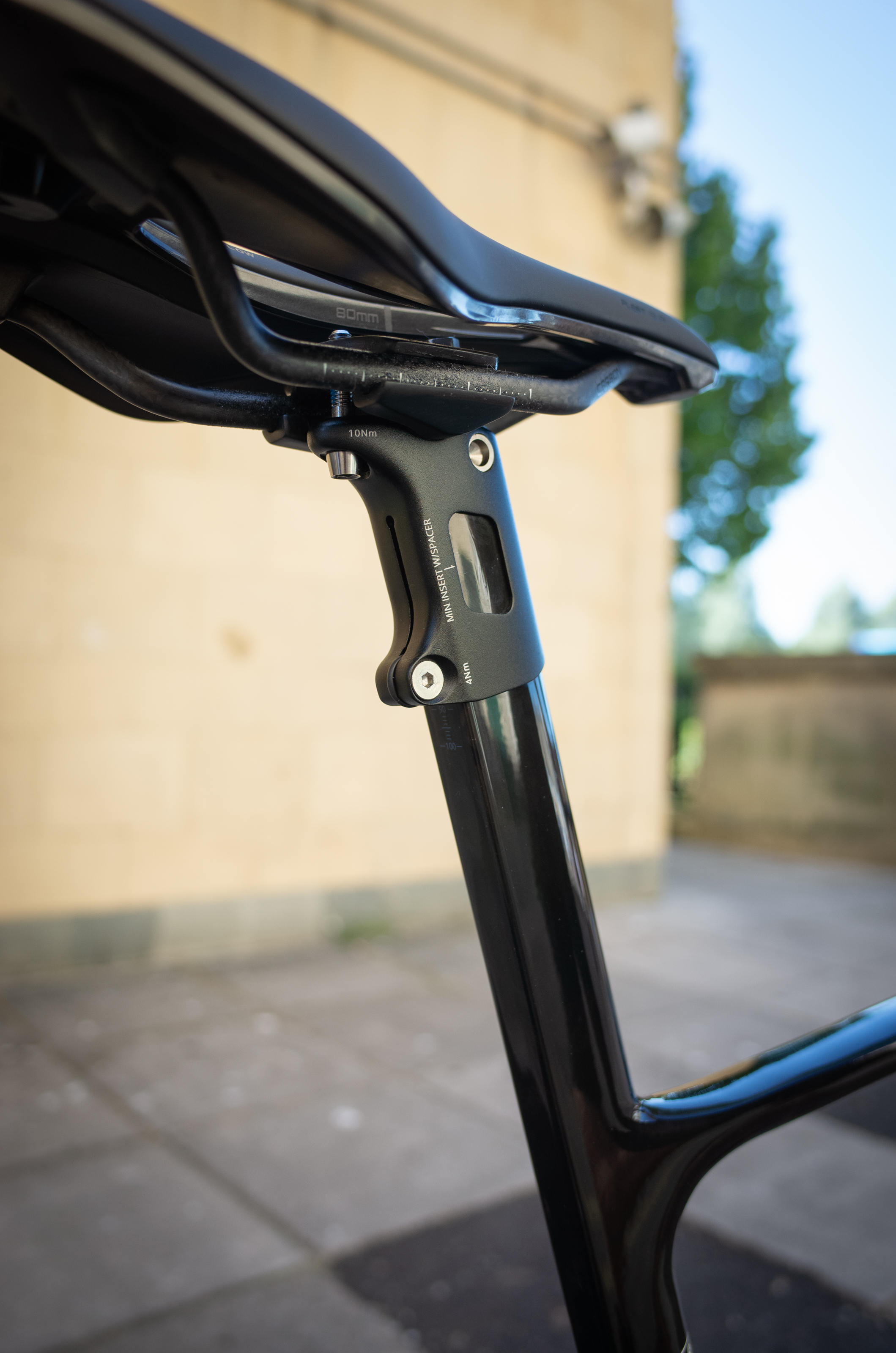
It's still an aero bike
Despite the top-tier Propel purportedly being able to hit 6.8kg, it's still got a keen eye on aerodynamics, and to that end, Giant designed it using CFD (Computational Fluid Dynamics) and honed it in the wind tunnel.
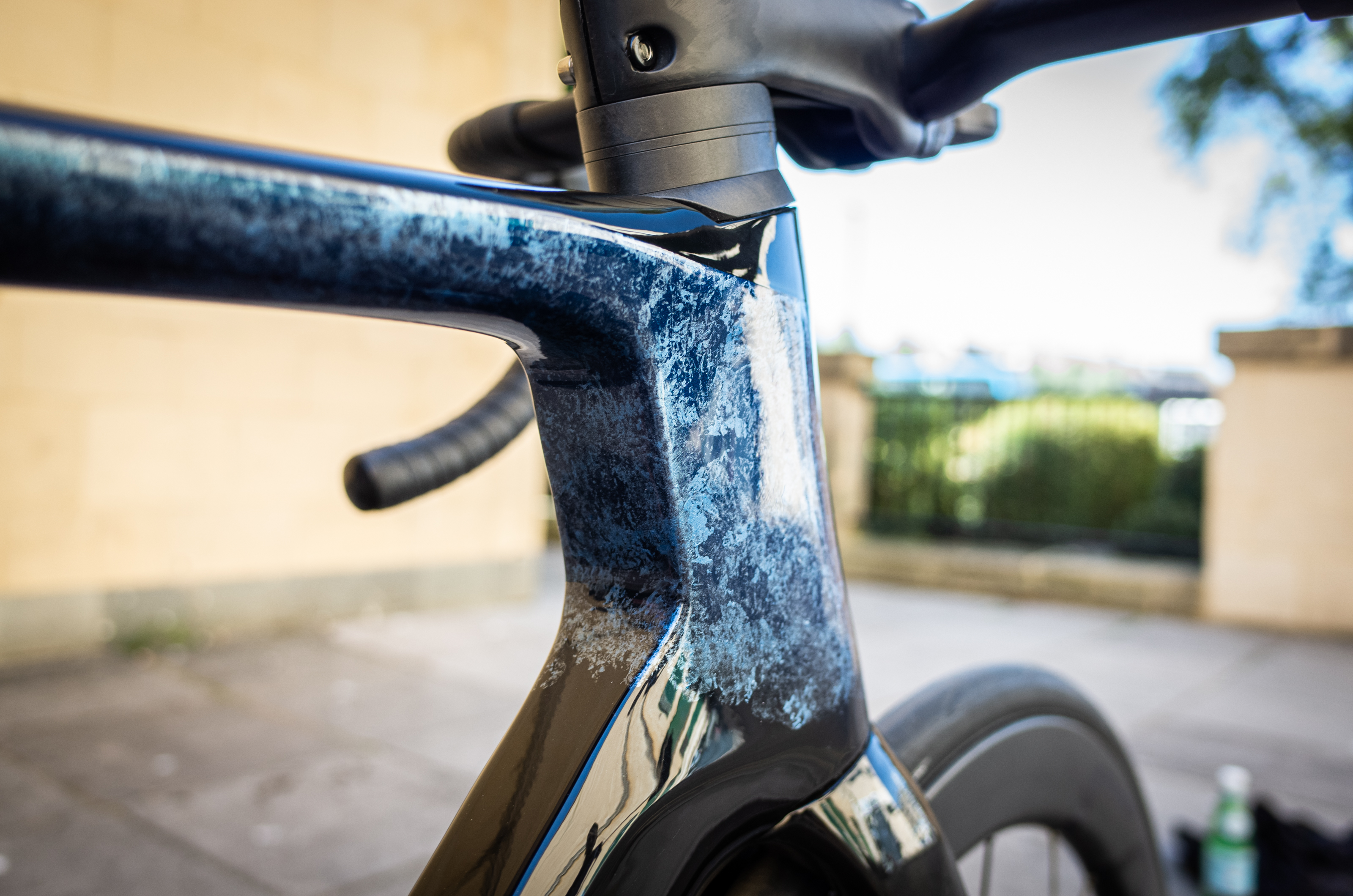
The resulting frame shapes are described by Giant as truncated ellipse airfoils, and they can be found on the down tube, seat tube and seat stays. There's also a new duo of aerodynamically integrated bottle cages, which are individually designed to help air flow smoothly from the down tube to the bottle and from the bottle onto the seat tube respectively.
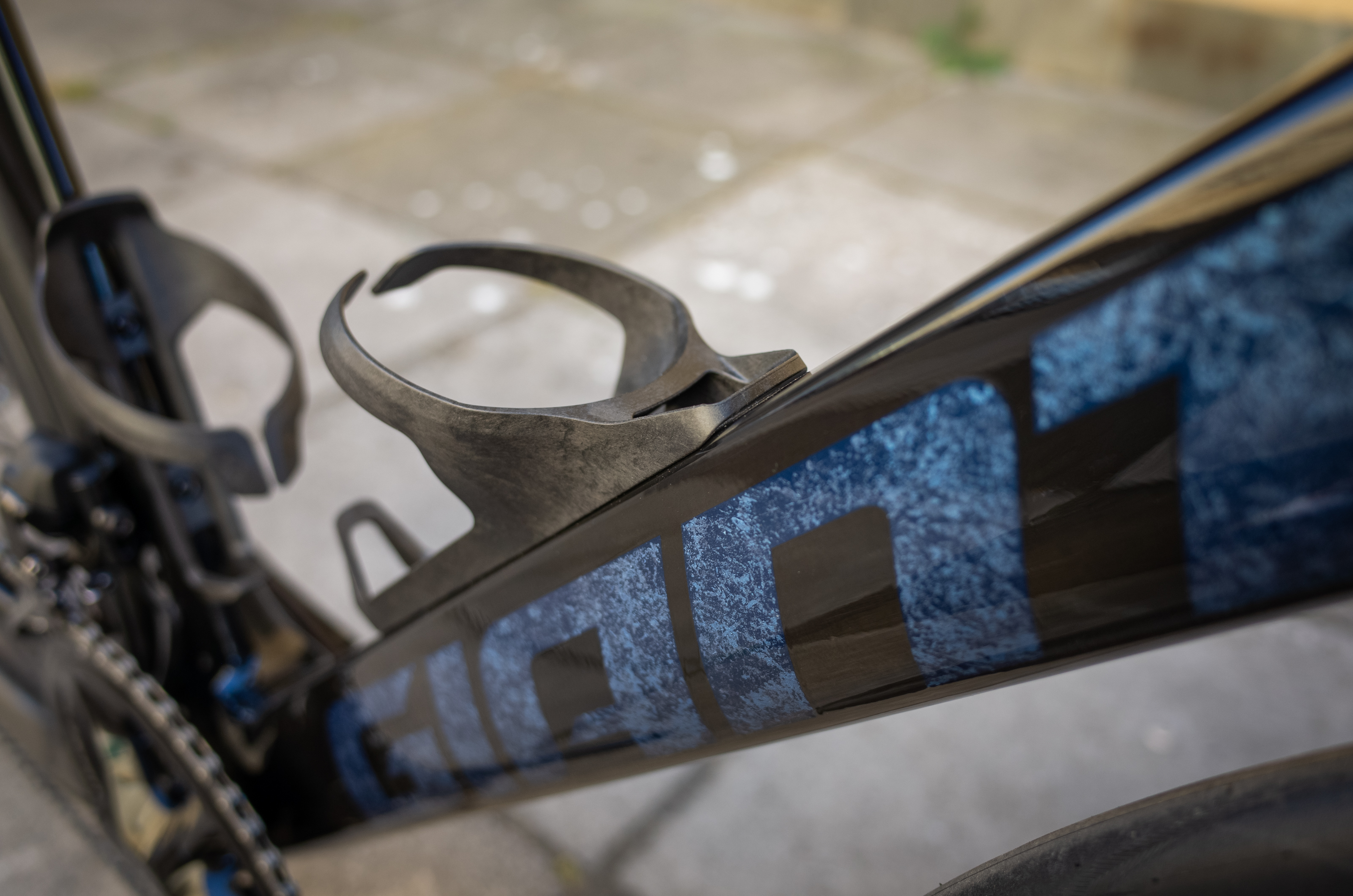
With those improvements, as well as the introduction of the new cockpit and recently launched Cadex 50 wheels, the new Propel requires 6.21 fewer watts than its predecessor to hold 40km/h, when tested with cages and bottles in situ.
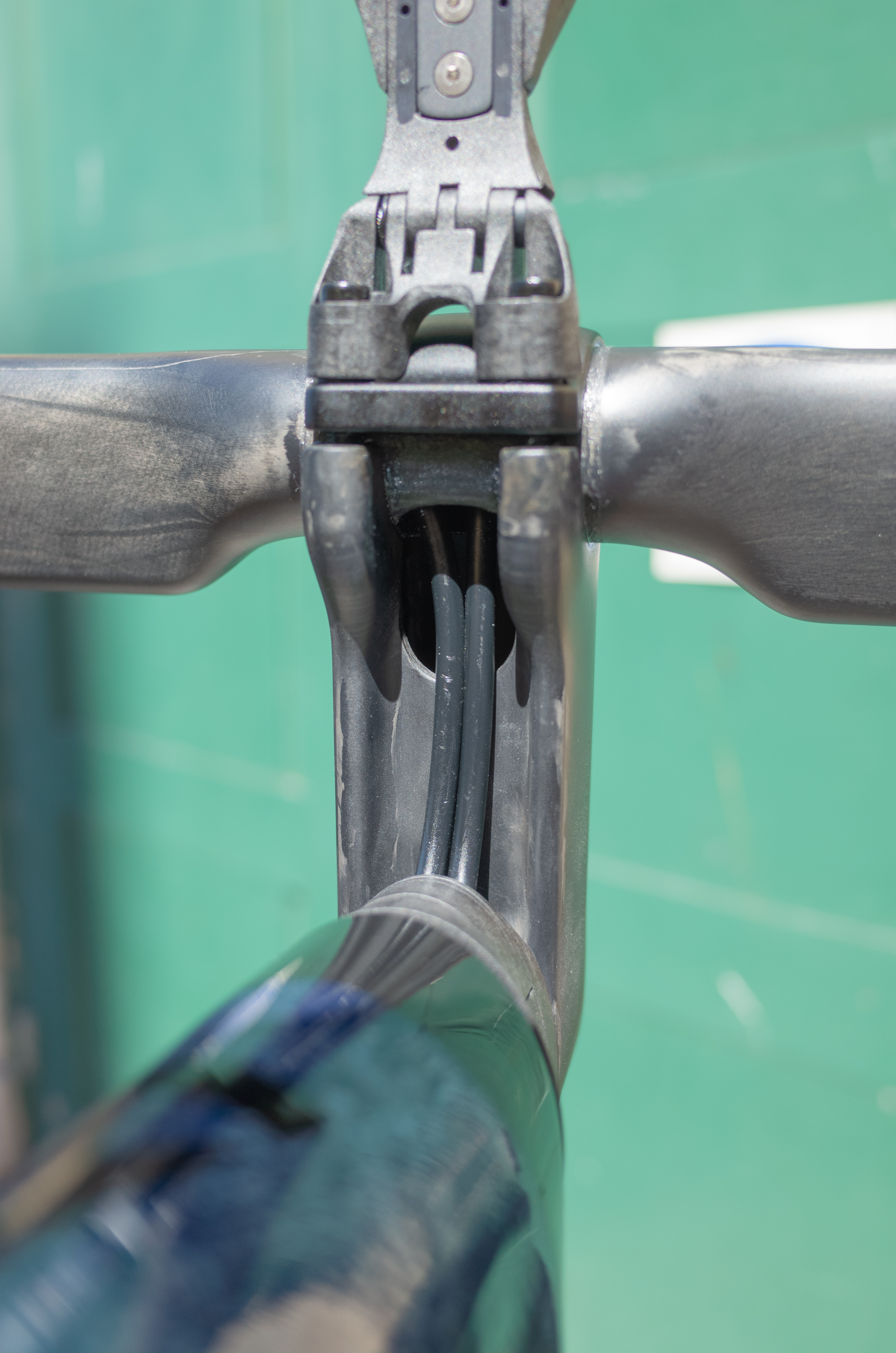
Propel Advanced Pro and Propel Advanced
Not everybody will be looking at the top-tier Advanced SL when buying a road bike, so it's important to note which of the technologies have trickled down to lower down through the Giant range.
The second-tier Propel Advanced Pro model gets the same truncated ellipse frame shapes and aero bottle cages as the Advanced SL, and can also boast being lighter and stiffer than its predecessor.
However, naturally the second-tier frame gets second-tier carbon fibre layup, which will add weight, although Giant hasn't given away exactly how much. The ISP is gone, and in its place is a standard seatpost design, though it still uses the same aerodynamic shape.
It still gets 50mm deep carbon fibre aero wheels, which are tubeless-ready and set up as such from the factory, but it won't be the hyper-light Cadex wheels. Instead, the Advanced Pro ships with Giant's own-brand wheels. Up front, it gets the same Overdrive Aero cockpit integration, but with the Contact SL Aero handlebar and stem, instead of the Contact SLR Aero found above.
Meanwhile, the third-tier Propel Advanced model also gets the same Overdrive Aero cockpit integration and Contact SL Aero components. It foregoes the carbon fibre wheels in favour of entry-level alloy options, but these are still tubeless-ready and set up as such from the factory.
As expected, the Advanced gets another drop in carbon fibre level, but it retains the Vector seatpost from the Advanced Pro.
Models, pricing and availability
- Propel Advanced SL 0: Cadex 50 Ultra wheels, Contact SLR Aero cockpit, Shimano Dura-Ace Di2 R9200 groupset, Shimano R9200-P power meter
- Propel Advanced SL 1: Cadex 50 Ultra wheels, Contact SLR Aero cockpit, SRAM Force eTap AXS groupset, SRAM Force crank with Giant Power Halo power meter
- Propel Advanced Pro 0 AXS: Giant SLR 1 50 wheels, Contact SLR Aero handlebar, Contact SL Aero stem, SRAM Force eTap AXS groupset, SRAM Force crank with Giant Power Halo power meter
- Propel Advanced Pro 0 Di2: Giant SLR 1 50 wheels, Contact SLR Aero handlebar, Contact SL Aero stem, Shimano Ultegra R8100 Di2 groupset
- Propel Advanced Pro 1: Giant SLR 1 50 wheels, Contact SL Aero handlebar & stem, SRAM Rival eTap AXS groupset
- Propel Advanced 1: Giant SLR 2 50 wheels, Contact SL Aero handlebar & stem, SRAM Rival eTap AXS groupset
- Propel Advanced 2: Giant P-A2 wheels, Shimano 105 R7000 disc groupset, Contact SL Aero handlebar & stem
The expected availability for all Propel models is November 2022. Pricing has only currently been confirmed in Australia for the three models available there. This is set at AUD $13999 for the Advanced SL 0, $8499 for the Advanced Pro with Force eTap AXS, and $7799 for the Advanced Pro with Ultegra Di2.

Josh is Associate Editor of Cyclingnews – leading our content on the best bikes, kit and the latest breaking tech stories from the pro peloton. He has been with us since the summer of 2019 and throughout that time he's covered everything from buyer's guides and deals to the latest tech news and reviews.
On the bike, Josh has been riding and racing for over 15 years. He started out racing cross country in his teens back when 26-inch wheels and triple chainsets were still mainstream, but he found favour in road racing in his early 20s, racing at a local and national level for Somerset-based Team Tor 2000. These days he rides indoors for convenience and fitness, and outdoors for fun on road, gravel, 'cross and cross-country bikes, the latter usually with his two dogs in tow.